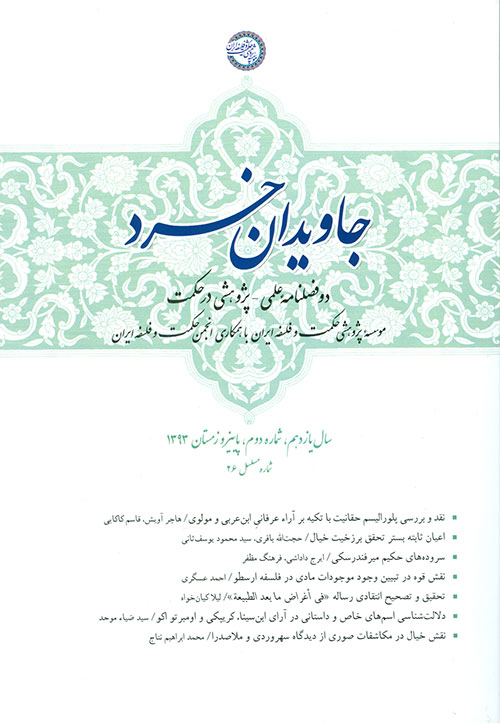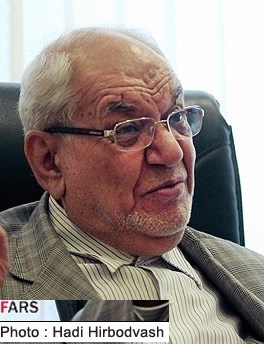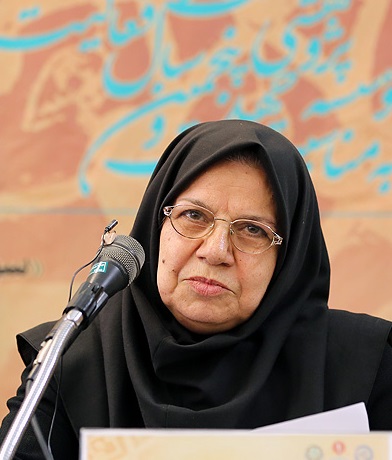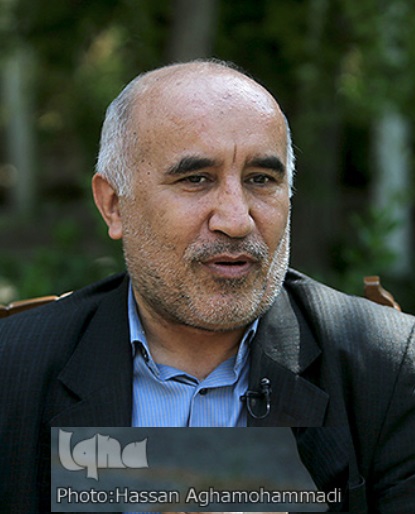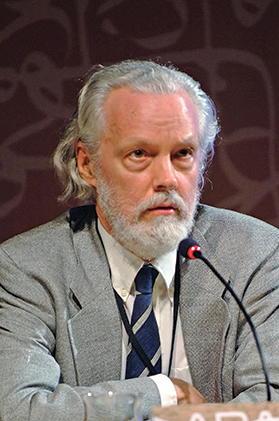The Agreement of Suhrawardi and Plato’s Symbolic Expression in respect of the Self-Knowledge as the Beginning of Philosophical Practice
Keywords:
Suhrawardi, plato, self-knowledge, SymbolismAbstract
The connection between Plato’s philosophy and theIlluminationist Wisdom can be seen through the analysis of the agreements between these two philosophers in their treatment of key ideas which are rooted in “the eternal substance of wisdom”.In this analysis the works of the two philosophers are compared with one another in terms of their spiritual character. The goal of true philosophy, as conceived by Plato and Suhrawardi, is happiness which ultimately coincides with theGodlikeness.Therefore, the most fundamental theme in thisphilosophy is the identity of the essence of man with the divine truths, which man has forgotten as a consequence of his corporeality.Thefirst principle of philosophy as a spiritual path is thus the remembrance of the deiform nature of the self. In addition to reasoning about this theme, Suhrawardi and Plato deal with it in a symbolical-allegorical way.The symbols concerning this theme can be found in Suhrawardi’s mystical treatises and in Plato’s dialogues such as Republic and Phaedrus.These symbols are representative of the twofold nature of man, celestial and terrestrial—symbols such as hedgehog, dewdrop, bird, heart, the world-reflecting cup, the winged chariot, the eye of the soul, and their correlated symbols such as entombment and ensnarement in leather, cave or well.
